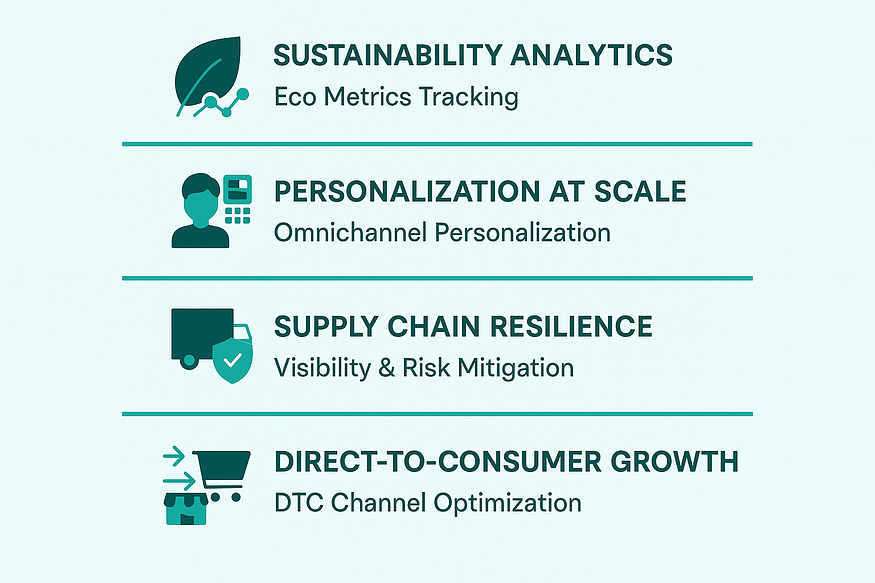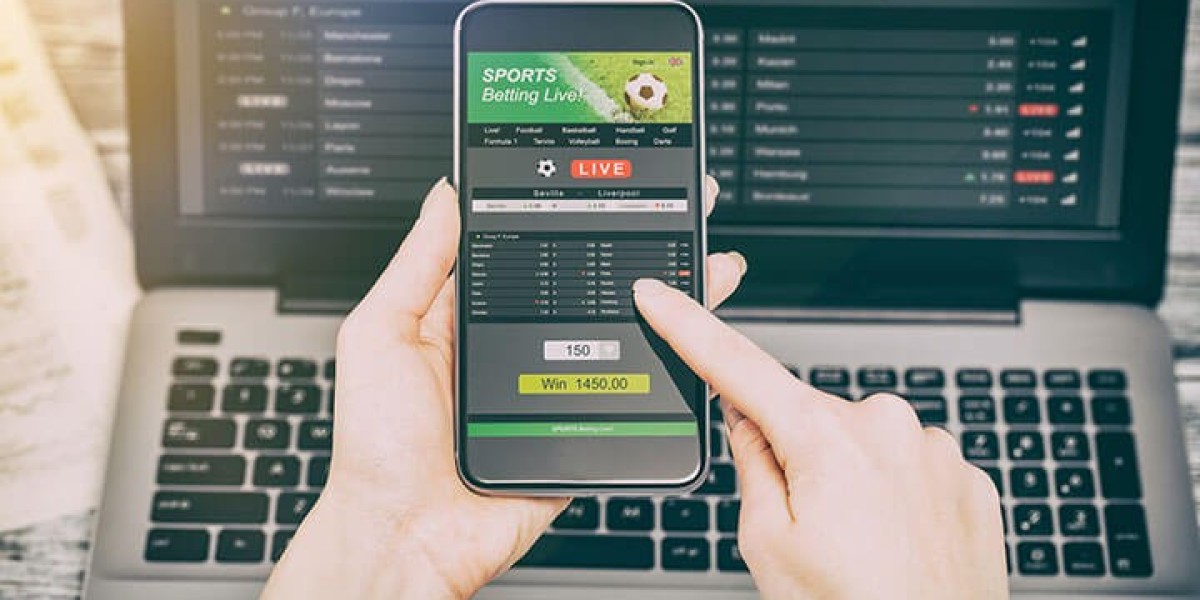Picture this: It’s 1930, and Procter & Gamble employees are walking door-to-door, clipboards in hand, asking housewives about their laundry habits. Fast-forward to today, and CPG companies are using artificial intelligence to predict what you’ll buy before you even know you want it.
The transformation of the retail and CPG industry has been nothing short of remarkable. What started as simple market research has evolved into sophisticated CPG retail analytics trends that are reshaping how brands understand, reach, and serve consumers.
But here’s the thing — this evolution isn’t just about having more data. It’s about survival in an increasingly competitive landscape where understanding your customer isn’t just an advantage; it’s essential.
Why CPG Companies Can’t Ignore Analytics Anymore
The pandemic changed everything for consumer goods companies. While sales initially surged as people stockpiled essentials, the post-pandemic reality has been sobering. CPG industry trends now show muted growth, increased competition from private labels, and consumers who are more price-conscious than ever.
Take the recent acquisition by Interpublic Group, which bought retail analytics company Intelligence Node for nearly $100 million in 2024. This wasn’t just a business deal — it was a clear signal that companies are betting their futures on data analytics capabilities.
The numbers tell the story: companies without robust CPG analytics solutions are finding themselves playing catch-up in a market where agility and insight drive success.
Understanding CPG Retail Analytics: Beyond the Buzzwords
Let’s cut through the jargon. CPG retail analytics is fundamentally about turning the chaos of consumer data into clear, actionable insights. It’s the difference between guessing what your customers want and knowing what they need before they do.
Here’s what makes modern CPG analytics different from the clipboard-wielding researchers of the 1930s:
Real-time Decision Making: Today’s cpg retail analytics trends emphasize immediate insights. When Nestlé saw their e-commerce sales jump 9.2% in 2023, it wasn’t luck — it was their end-to-end analytics platform optimizing product recommendations in real-time.
Predictive Intelligence: Companies aren’t just looking at what happened; they’re predicting what will happen. This shift represents one of the most significant cpg industry trends we’re seeing today.
Integrated Data Ecosystems: Modern analytics pulls from everywhere — point-of-sale systems, social media, supply chains, even weather patterns. It’s this holistic view that separates leaders from laggards.
The Data Sources Driving CPG Success
Understanding where your data comes from is crucial for implementing effective cpg analytics solutions. Let me walk you through the key sources that matter:
Point-of-Sale Data: The Foundation of Truth
Every beep at the checkout counter is a vote. POS data eliminates guesswork by showing exactly what customers are buying, when, and where. Smart CPG companies break this down by region, SKU, time of day, and pricing to gain a comprehensive understanding of the full picture.
Consumer Panels: The “Why” Behind the Purchase
While POS data reveals what people buy, consumer panels show why they make these purchases. This longitudinal data tracks the same consumers over time, uncovering patterns that drive brand loyalty and switching behavior.
E-commerce Analytics: The Digital Window
Every click tells a story. High page views but low conversions might indicate delivery concerns or unclear product information. This data is becoming increasingly crucial as digital channels continue to grow.
Supply Chain Intelligence
This is where spend analytics IT solutions for CPG companies shine. By integrating procurement, production, and distribution data, companies can optimize operations while reducing costs and minimizing waste.
Real-World Success Stories: Analytics in Action
Let’s look at how leading companies are leveraging AI in CPG industry applications:
Spotify’s Wrapped Campaign: While not traditional CPG, Spotify’s data-driven personalization shows the power of analytics. Their 2024 Wrapped campaign used AI to create personalized playlists, driving massive user engagement and brand loyalty.
Colgate-Palmolive’s Digital Twins: In December 2024, Colgate used digital twin technology and analytics to test new products virtually before market launch. This approach reduced development costs while improving success rates.
PepsiCo’s Data Partnership: The company is sharing its data with retailers in exchange for shopper basket insights, creating a collaborative analytics ecosystem that benefits everyone.
These success stories highlight a crucial trend: companies are moving beyond basic reporting to sophisticated Power BI KPIs that track real-time performance across multiple channels. According to Microsoft’s 2024 Data Culture report, organizations using advanced business KPIs in their analytics platforms see 23% faster decision-making and 19% improvement in customer satisfaction scores.
The Technology Stack Behind Modern CPG Analytics
Today’s CPG analytics solutions rely on sophisticated technology stacks that would have been impossible just a decade ago:

Machine Learning and AI: These technologies power predictive analytics, demand forecasting, and personalization engines. The AI in CPG industry is moving beyond basic automation to true intelligence.
Business Intelligence Platforms: Tools like Power BI are revolutionizing how CPG companies visualize and interact with their data. Modern Power BI KPI dashboards enable executives to monitor everything from supply chain efficiency to marketing campaign ROI in real-time. The power bi kpi visual capabilities have become essential for tracking business kpis across complex CPG operations.
Cloud-Based Platforms: Scalable computing power makes advanced analytics accessible to companies of all sizes, not just Fortune 500 giants. According to Gartner’s 2024 Analytics and BI Platform report, cloud-based analytics adoption in CPG increased by 47% in 2024.
Real-Time Processing: Modern systems can process and analyze data as it’s generated, enabling immediate responses to market changes. This real-time capability is crucial for KPI metrics that need constant monitoring, such as inventory turnover and customer satisfaction scores.
Building Your CPG Analytics Dashboard: Essential KPIs to Track
Creating effective cpg analytics solutions requires focusing on the business kpis that truly drive performance. Here are the critical metrics every CPG company should monitor:
Revenue and Profitability KPIs
- Sales Growth Rate: Track month-over-month and year-over-year growth
- Gross Margin by Product Line: Identify your most profitable products
- Customer Lifetime Value (CLV): Understand long-term customer worth
Operational Excellence KPIs
- Inventory Turnover: Optimize stock levels and reduce carrying costs
- Order Fill Rate: Measure supply chain efficiency
- Time to Market: Track new product development speed
Marketing Performance KPIs
- Marketing ROI: Measure campaign effectiveness across channels
- Brand Awareness: Track unaided and aided brand recognition
- Customer Acquisition Cost (CAC): Optimize marketing spend efficiency
The key to successful KPI in Power BI implementation is choosing metrics that align with your strategic objectives. Research from McKinsey’s 2024 CPG Analytics study shows that companies using focused KPI visual in Power BI dashboards make decisions 40% faster than those relying on traditional reporting methods.
Current CPG Retail Analytics Trends Shaping 2025
Several key CPG retail analytics trends are defining the industry landscape:

1. Sustainability Analytics
Consumers increasingly care about environmental impact. Analytics help companies track and optimize their sustainability metrics while meeting consumer demands for eco-friendly products.
2. Personalization at Scale
The expectation for personalized experiences extends beyond digital into physical retail. Analytics make it possible to deliver relevant experiences across all touchpoints.
3. Supply Chain Resilience
Recent global disruptions have made supply chain visibility critical. Spend analytics IT solutions for CPG companies now focus heavily on risk mitigation and alternative sourcing strategies.
4. Direct-to-Consumer Growth
Traditional retail channels are being supplemented (and sometimes replaced) by DTC models, requiring new analytics approaches to understand and optimize these relationships.
Implementing CPG Analytics: A Practical Roadmap
For companies looking to enhance their cpg analytics solutions, here’s a practical approach:
Invest in the Right Analytics Platform: Choose platforms that can scale with your business. Whether you’re implementing Power BI KPIs for the first time or upgrading existing systems, ensure your platform can handle growing data volumes and complexity.
Focus on Business Impact: Don’t get caught up in fancy technology. Start with analytics that directly impact your bottom line — demand forecasting, inventory optimization, or customer segmentation. Use KPI metrics that align with your strategic objectives rather than vanity metrics that look impressive but don’t drive decisions.
Build Cross-Functional Teams: Successful analytics implementations require collaboration between IT, marketing, supply chain, and finance teams. Break down silos early.
Invest in Talent and Training: The retail and CPG industry is experiencing a talent shortage in analytics. Invest in training existing employees while recruiting specialized talent.
Overcoming Common Analytics Challenges
Every company implementing cpg retail analytics faces similar hurdles:
Data Silos: Information trapped in departmental systems limits insight potential. Breaking down these silos is often more about culture than technology.
Skills Gap: Finding people who understand both analytics and the CPG business is challenging. Consider partnerships with specialized providers while building internal capabilities.
ROI Measurement: Proving the value of analytics investments can be difficult. Establish clear metrics and success criteria upfront.
The Future of CPG Analytics: What’s Coming Next
Looking ahead, several cpg industry trends will continue shaping the analytics landscape:

Edge Computing: Processing data closer to where it’s generated will enable even faster insights and responses.
Augmented Analytics: AI will increasingly assist human analysts, making advanced analytics more accessible to non-technical users.
Privacy-First Analytics: With increasing privacy regulations, analytics solutions will need to deliver insights while protecting consumer privacy.
Collaborative Analytics: Expect more data-sharing partnerships between CPG companies, retailers, and technology providers.
Making Analytics Work for Your Organization
The most successful cpg analytics solutions share common characteristics:
They’re business-driven, not technology-driven. The best analytics programs start with business questions, not available data.
They’re integrated across the organization. Analytics isn’t an IT project — it’s a business transformation that requires commitment from all levels.
They’re iterative. Start small, prove value, then scale. Don’t try to build the perfect system from day one.
The Bottom Line: Analytics as Competitive Advantage
The retail and CPG industry has always been competitive, but today’s market requires a new level of sophistication. Companies that master cpg retail analytics trends will capture market share from those that don’t.
The good news? The technology is more accessible than ever. Cloud platforms, pre-built analytics solutions, and specialized service providers make advanced analytics achievable for companies of all sizes.
The question isn’t whether you can afford to invest in cpg analytics solutions — it’s whether you can afford not to.
As we move deeper into 2025, the companies that thrive will be those that view analytics not as a cost center but as the engine driving their competitive advantage. The AI in CPG industry is no longer a future possibility — it’s today’s reality.
Whether you’re optimizing supply chains, personalizing customer experiences, or identifying new product opportunities, the power of cpg retail analytics is waiting to be unleashed. The only question is: are you ready to embrace it?
Transform Your CPG Analytics Strategy with Expert Guidance
Implementing effective cpg analytics solutions requires more than just technology — it requires strategic thinking, domain expertise, and the right partnership. At SR Analytics, we specialize in helping CPG companies unlock the full potential of their data through tailored analytics solutions.
Our expertise spans the entire analytics spectrum, from foundational business intelligence strategy to advanced AI-driven analytics services. We understand that every CPG company faces unique challenges, whether you’re a multinational corporation or an emerging brand.








